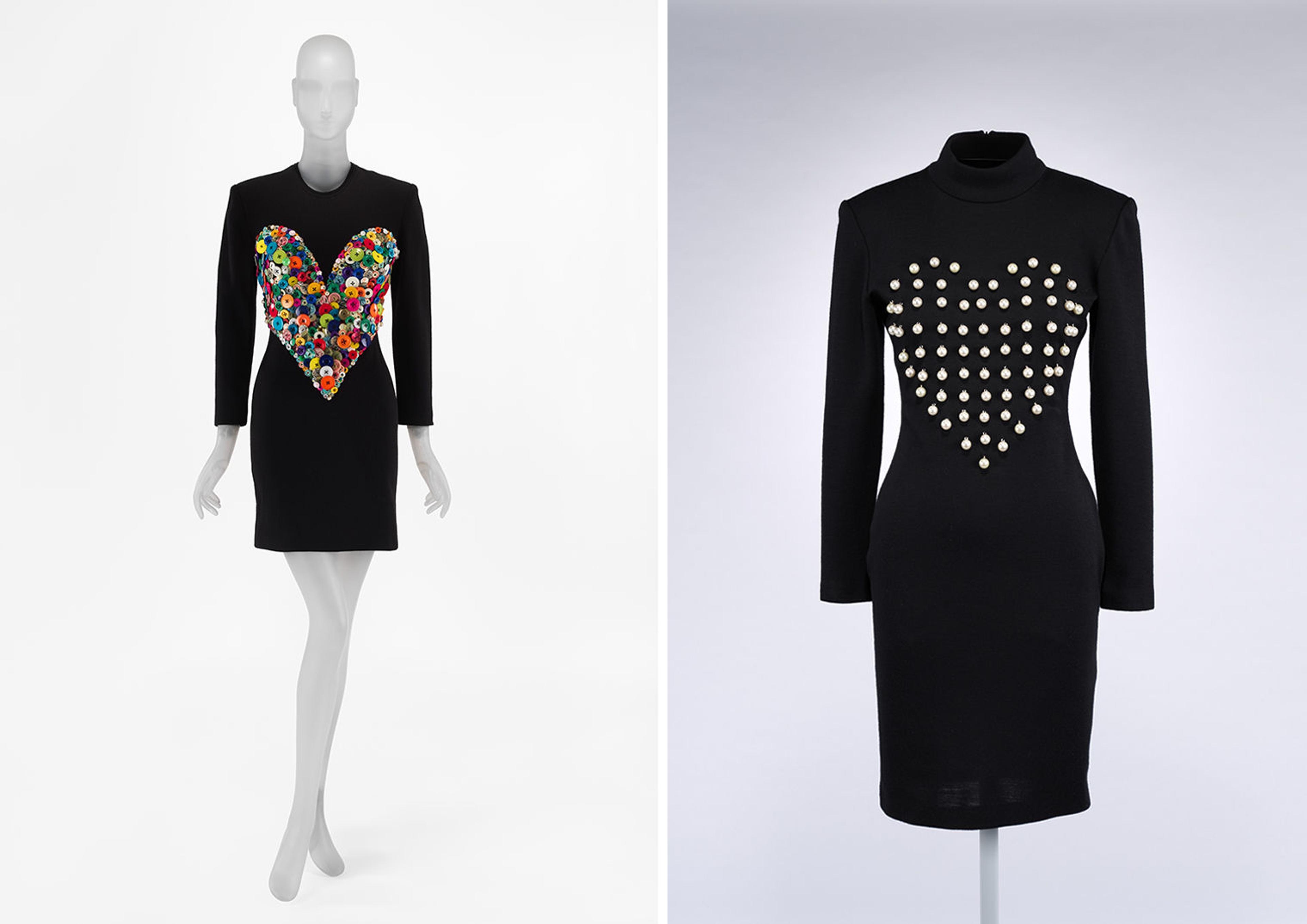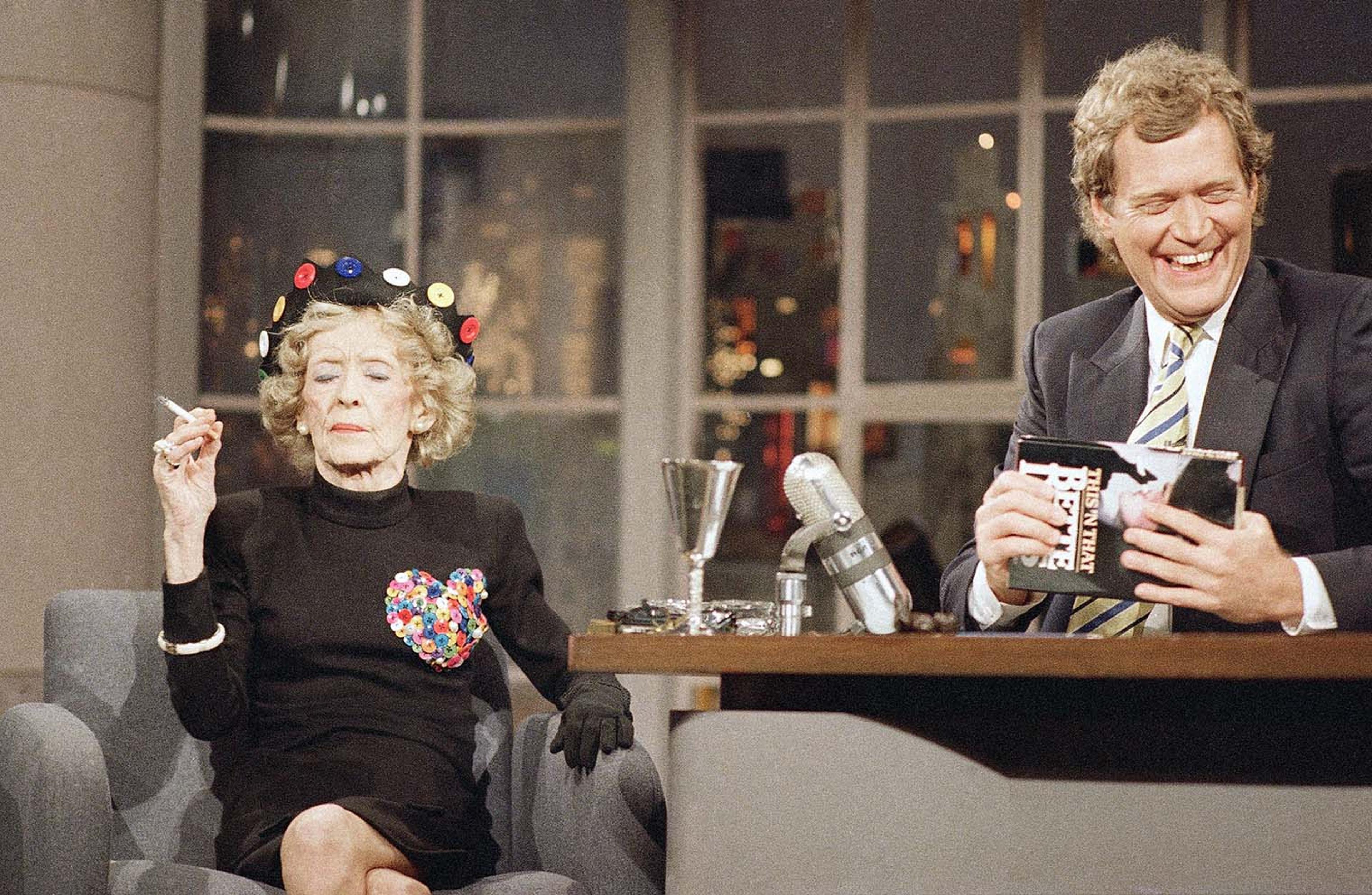To commemorate Black History Month, fashion historian Jonathan Square commissioned several essays on Black designers currently featured in the special exhibition In America: A Lexicon of Fashion. You can read the introductory essay here.
The Costume Institute houses several designs by the late fashion designer Patrick Kelly (1954–1990), who was the first African American and, indeed, the first American to be invited to join the highly esteemed and ultra-exclusive Chambre syndicale du prêt-à-porter des couturiers et des créateurs de mode in 1988. The Chambre is the council of Parisian designers that dictates the schedule for fashion presentations in Paris each season; among other things, they recognize who can be designated a courtier. Kelly accomplished the seemingly impossible feat of cracking the heavily guarded Parisian fashion system as an American designer. While he was the only designer of Black diasporic descent invited to the Chambre until Kerby Jean-Raymond joined last year, today his name is not as known as it should be.
Those who remember Kelly tend to cite his signature buttons and bows, which adorned every garment in every season during the very brief height of his career, from 1985 until his untimely death due to complications from AIDS in 1990. But for me, the most important element of his designs is his use of racist imagery. A Black queer creative from Mississippi, Kelly took images that signified the stain of America’s foundations in brutality, displacement, and oppression and turned them into something that I can only describe as a radical Black camp aesthetic. Kelly was not afraid to go there, like the Black radical artists before him, such as Romare Bearden, Betye Saar, and Robert Colescott, who also reappropriated racist images of Black people to expose and confront what many of us are so desperate to avoid, those disgusting images and objects from America’s not-so-distant past: mammies and golliwogs, wide-smiling caricatures of minstrels eating watermelon, postcards showing little Black children being eaten by alligators. Kelly was no stranger to these images, having grown up in Vicksburg, Mississippi, one of the American hotbeds of violence during the Jim Crow era and the Civil Rights Movement.

Left: Patrick Kelly (American, 1954–1990). Dress, fall/winter 1986–87. Wool, plastic. The Metropolitan Museum Museum of Art, New York, Gift of Elaine Blatt, 2005 (2005.92). Right: Patrick Kelly (American, 1954–1990). Dress, ca. 1988. Wool, acrylic, metal. The Metropolitan Museum of Art, New York, Purchase, Millia Davenport and Zipporah Fleisher Fund, 2021 (2021.51)
Among the documents, clippings, and other paper ephemera contained in Kelly’s archive at the Schomburg Center for Research in Black Culture are several postcards depicting pickaninnies, or racist caricatures of Black children, in various scenarios. The word “pickaninny” can be traced as far back as the mid-seventeenth century. However, as a racist image/object, the pickaninny does not seem to have existed until sometime after the Emancipation Proclamation, around the turn of the twentieth century. Pickaninnies were often found on postcards, in children’s books, in advertisements, or as dolls or figures. They were almost always depicted in rags or half-dressed, either being chased by or living with animals, begging for love and care, or facing other forms of humiliation, brutality, and neglect. Moreover, pickaninnies were often presented alone or without parents, as Black parents were stereotyped by white supremacists as being neglectful of their children, when in actuality, if there was an absence of Black parents, particularly Black mothers, it was very likely because they were raising white children as maids or nannies in the absence of the white children’s own parents.
Kelly collected pickaninny artifacts among many other racist and non-racist objects symbolic of Black people’s history in America. I want to focus on the pickaninny figure in the context of Kelly’s Black baby-doll pins, which were “inspired” by the racist depiction. According to the journalist and author Robin Givhan, at his runway shows, Kelly “would always give everyone in his audience a tiny brown doll with molded black hair that could be most accurately described as a pickaninny.” Kelly’s partner in life, Bjorn Amelan, once told Givhan, “[Kelly] would purchase these little black dolls made out of plastic—600 a month. People would volunteer and with a glue gun attach pins to the back. He would never leave without stuffing his pockets with them.”

Bette Davis on Late Night with David Letterman at NBC Studios, May 26, 1987, after gifting Letterman with one of Patrick Kelly’s baby-doll pins. AP Photo / Ron Frehm
Kelly would hand out these Black baby-doll or “pickaninny” pins to anyone he met, but especially at fashion shows and department store meetings. They were meant to be worn on the shirts and lapels of his fans and allies. In a famous 1987 appearance on Late Night with David Letterman, the actress Bette Davis, a patron and close friend of Kelly’s, gifted Letterman one of these pins, and Letterman appeared absolutely terrified to be in the proximity of something that must have looked, to the uninitiated viewer, innocuous; but we know that is not the case. Rarely is anything what it seems, even a small plastic toy when that toy is signified as Black.
Kelly stated that his Black dolls brought him pleasure. It is unclear what he meant by that—whether it was the pleasure of childhood nostalgia or of deploying the dolls as agents of disruption. After learning that his friend, who was also Black, had been harassed for wearing one of the pins, Kelly said, “You can wear a machine gun or a camouflage war outfit and people think it’s so chic, but you put a little black baby pin on and people attack you.” This incident occurred sometime before Bette Davis gave David Letterman one of Kelly’s pins. However, after Davis startled Letterman with her gift, the fanfare around the pins escalated. Kelly continued to state that he “[did] these things [giving away the dolls] so we don’t forget each other.”

Left: Manufacturer: Josiah Wedgwood (British, 1730–1795). Modeler: William Hackwood (British, ca. 1753–1836). Antislavery medallion, ca. 1787. Jasperware, overall: 1 3/16 x 1 1/16 in. (3 x 2.7 cm). The Metropolitan Museum of Art, New York, Gift of Frederick Rathbone, 1908 (08.242). Right: Patrick Kelly (American, 1954–1990). Pin, late 1980s. Plastic. The Metropolitan Museum of Art, New York, Gift of Kathryn Sermak, 1995 (1995.577.7)
Whether Kelly intended it or not, the gesture of giving away Black baby-doll pins was a political act, perhaps masquerading as a gift—not unlike abolitionist jewelry that circulated pre-Emancipation, with the aim of raising awareness of the inhumanity of chattel slavery. Kelly’s baby-doll/pickaninny pins are also subversive in their design alone, because they are racialized objects that were made by someone who was racialized, and this someone was hyper-aware of the ways in which he was racialized. For a Black person, it is also a radical gesture to give something with great political charge to someone else, to remind them of you and/or the adversity you consistently encounter, to make sure “we don’t forget each other,” which reads like an allegorical reclaiming of the compassion and care that the pickaninny was always denied but desperately wanted.
Marquee: Patrick Kelly (American, 1954–1990). Dress, fall/winter 1986–87. Wool, plastic. Gift of Elaine Blatt, 2005 (2005.92)
